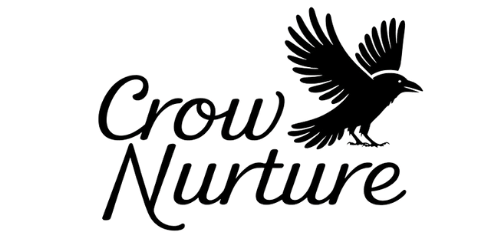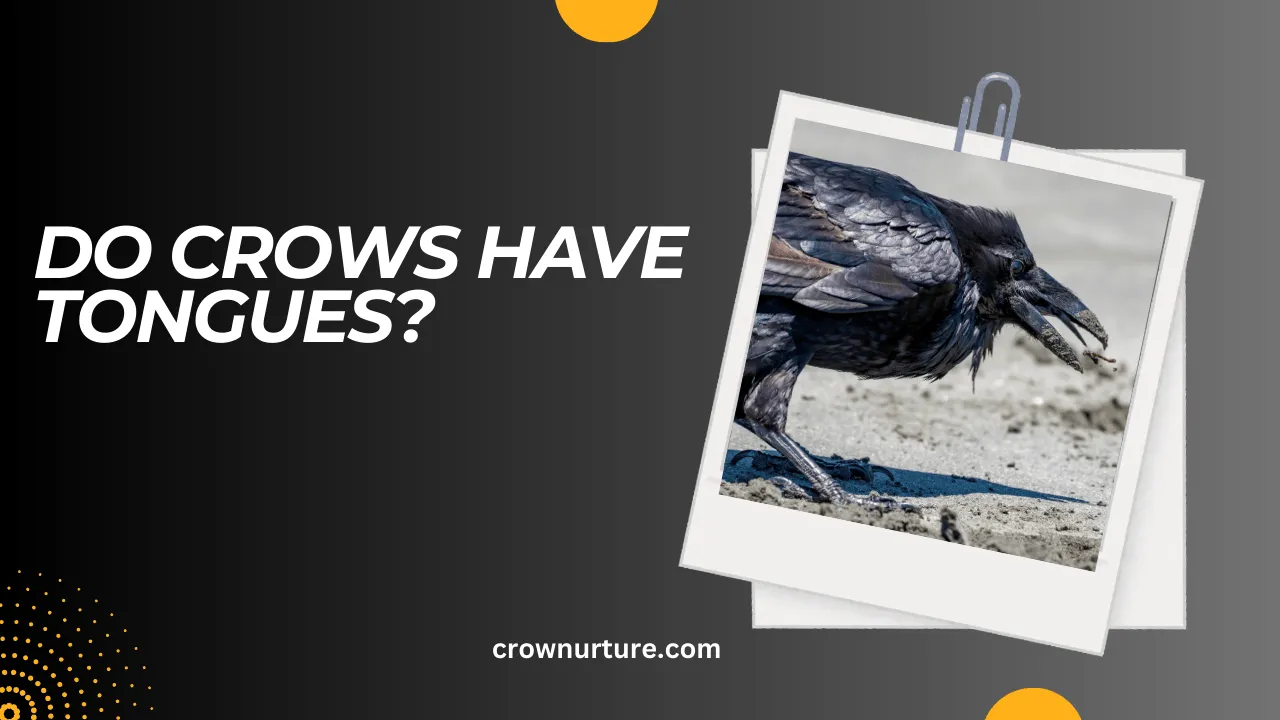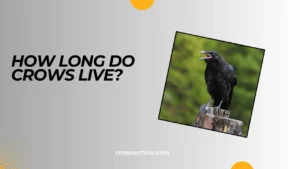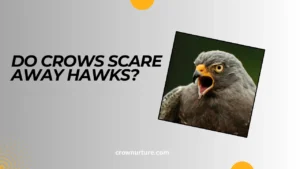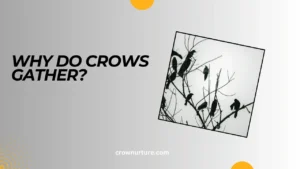Crows are among the most fascinating creatures in the animal kingdom, renowned for their intelligence, adaptability, and complex social behaviors. But have you ever stopped to wonder about the smaller, often overlooked details of their anatomy?
One such curiosity is whether crows possess tongues, and if so, what purpose these tongues serve. Understanding the anatomy of crows isn’t just about satisfying curiosity—it provides insight into how these birds thrive in diverse environments.
The tongue, though seemingly insignificant, plays a vital role in feeding, communication, and survival. Examining its structure and function helps us better appreciate how crows adapt to challenges in their habitats.
This article dives into the world of crow anatomy, focusing on their tongues, their unique features, and their role in the bird’s daily life. From the intricate design of a crow’s beak to their fascinating vocal abilities, let’s uncover what makes this often-overlooked organ so remarkable.
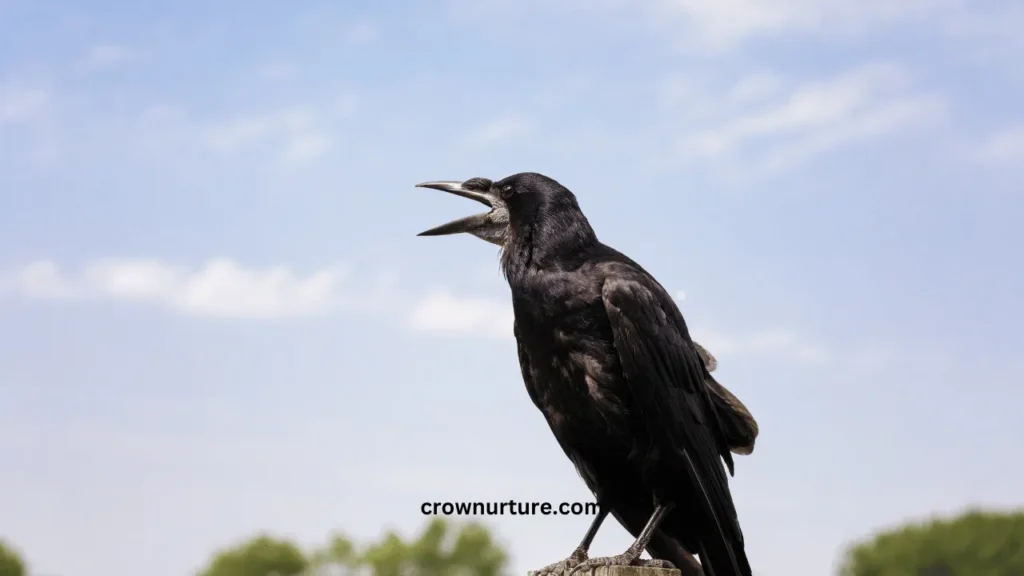
Contents
1. The Anatomy of a Crow’s Beak
A crow’s beak is composed of two main parts: the upper mandible (maxilla) and the lower mandible (mandibula). These parts work together like a tool, allowing crows to grasp, tear, and manipulate their food effectively.
The shape of the beak is highly adapted to their omnivorous diet, which includes everything from seeds and insects to carrion and human scraps. This versatility makes the beak an essential survival tool for crows.
Additionally, their beaks are equipped with sensitive receptors that help detect textures and temperatures, aiding in food selection and handling. These adaptations make their feeding behavior both precise and efficient.
2. The Function of a Bird’s Tongue
In birds like crows, the tongue is crucial for manipulating food. It helps position food within the beak, making it easier to tear, crush, or swallow. Without their tongues, crows would struggle to consume the diverse diet they rely on.
Although birds have a limited sense of taste, their tongues play a role in detecting basic flavors. This ability helps them distinguish between nutritious and harmful substances.
The tongue also supports vocalization, particularly in species with complex calls like crows. By altering the position of the tongue, birds can modify the pitch and tone of their vocalizations.
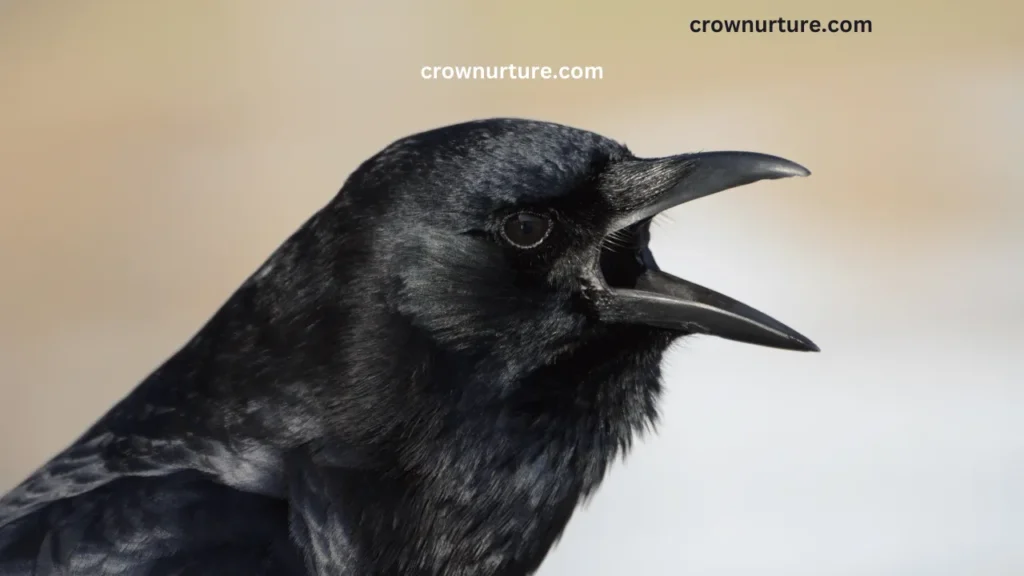
3. Do Crows Have Tongues?
Yes, crows have tongues, just like all birds. However, their tongues are uniquely structured compared to those of mammals, with adaptations suited to their dietary and behavioral needs.
A crow’s tongue is often pointed and covered with papillae (small, spiky structures). These papillae help grip food, preventing it from slipping as the bird manipulates it in its beak.
Crows use their tongues for a variety of tasks, including feeding, drinking, preening, and even exploring objects. Their tongues are an integral part of their ability to interact with their environment.
4. Specific Studies on Crow Tongue Anatomy
Scientific research has shed light on the unique characteristics of bird tongues, including those of crows. Studies have shown that the structure of their tongues is optimized for their diet and lifestyle.
Comparative studies reveal that crows’ tongues differ from those of other bird species, reflecting their adaptability and intelligence. For example, their tongues may show greater flexibility or precision than those of birds with more specialized diets.
Advanced techniques like microscopic analysis allow researchers to examine the fine details of crow tongues, including the arrangement of muscles, papillae, and sensory cells. These studies deepen our understanding of crow behavior and ecology.
5. The Future of Research on Crow Tongues
Emerging technologies like micro-CT scanning are opening new doors in the study of bird anatomy, offering detailed insights into structures like the tongue. These tools may uncover new aspects of crow physiology in the coming years.
Behavioral studies could further explore how crows use their tongues in complex tasks, such as tool use or food preparation. Such research would contribute to our understanding of their intelligence and problem-solving abilities.
Additionally, understanding the anatomy of crows, including their tongues, can have conservation implications, helping to protect these birds and their habitats in an ever-changing world.
Conclusion
Crows, like all birds, possess tongues that play an essential role in their survival and daily activities. While their tongues differ from mammalian tongues in structure and function, they are uniquely adapted to the crow’s omnivorous diet and complex behaviors.
From manipulating food to aiding in vocalization, the crow’s tongue is a vital organ that supports its remarkable intelligence and versatility. Scientific studies and emerging research technologies continue to reveal new insights into this fascinating aspect of bird anatomy.
As we learn more about these clever creatures, we gain a deeper appreciation for the intricate designs of nature and the ways in which even small features, like a tongue, contribute to survival and adaptation.
FAQs
1. Do crows have tongues?
Yes, crows have tongues. Like all birds, their tongues are essential for feeding, vocalization, and other activities.
2. What does a crow’s tongue look like?
A crow’s tongue is pointed and often covered with papillae, which help grip and manipulate food.
3. What is the purpose of a crow’s tongue?
The tongue aids in food manipulation, swallowing, and, to a lesser extent, vocalization and taste detection.
4. How is a crow’s tongue different from a human tongue?
Unlike human tongues, crow tongues lack taste buds on the tip and are often more rigid, with specialized structures for gripping food.
5. Can crows taste food?
Yes, but their sense of taste is limited. They can detect basic flavors, which helps them avoid harmful substances.
6. Do crows use their tongues for communication?
While crows primarily use their beaks and vocal cords for communication, their tongues play a minor role in modulating sounds.
